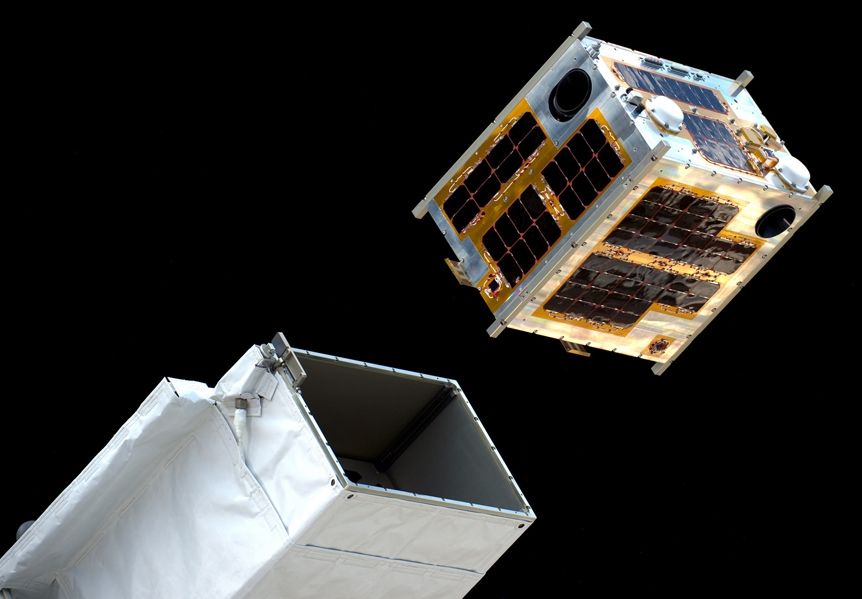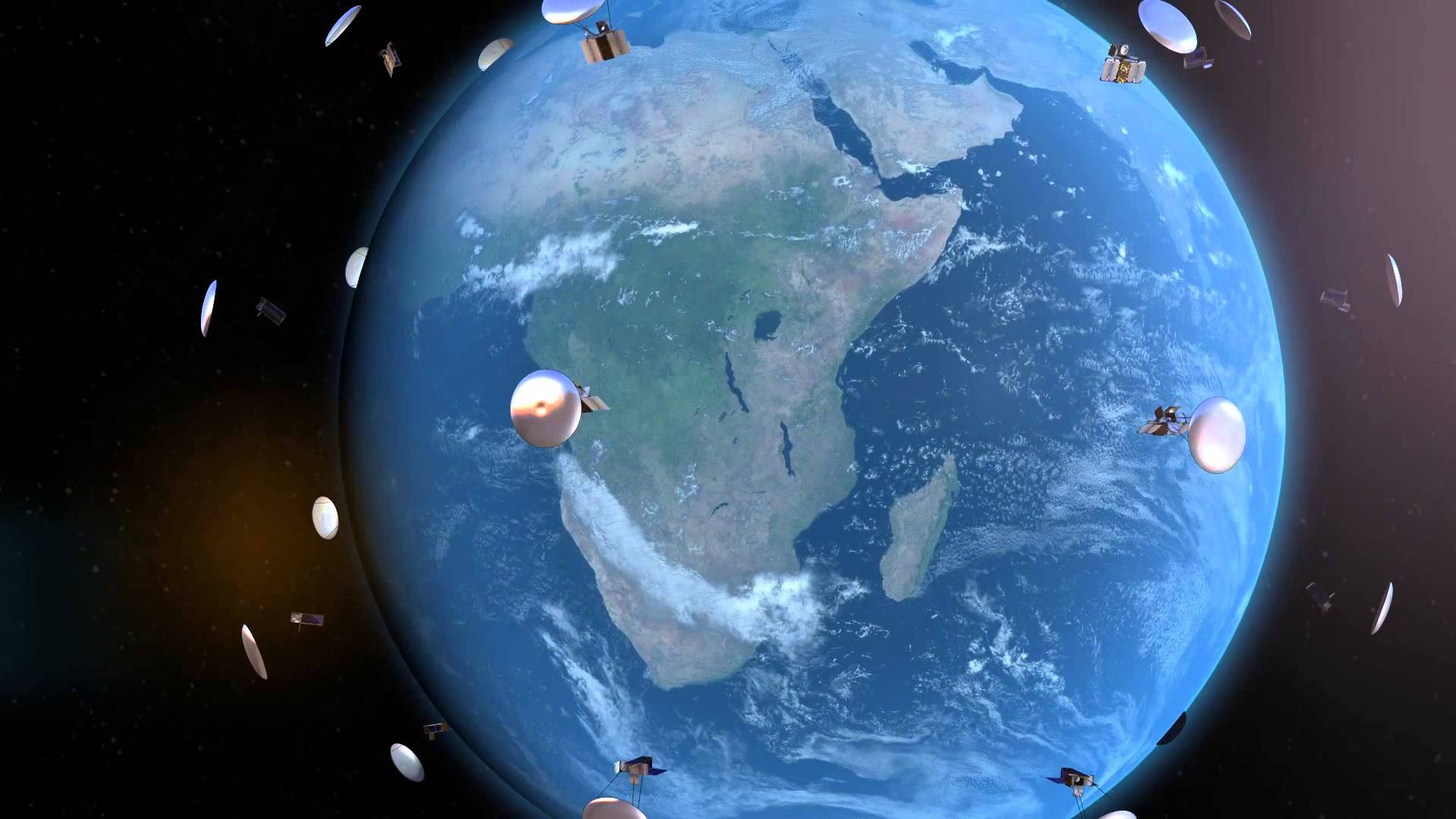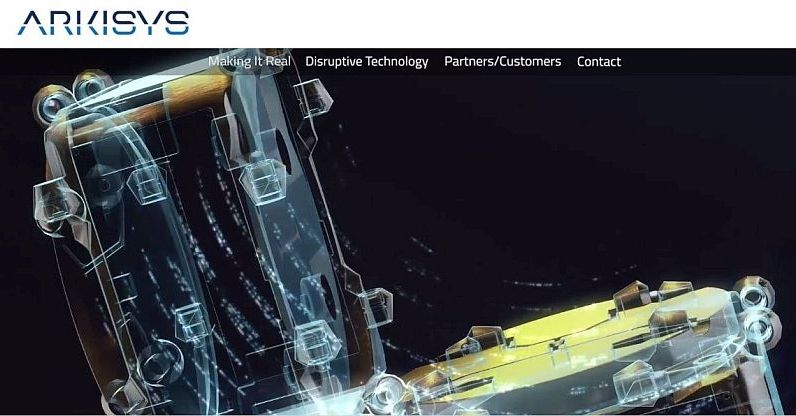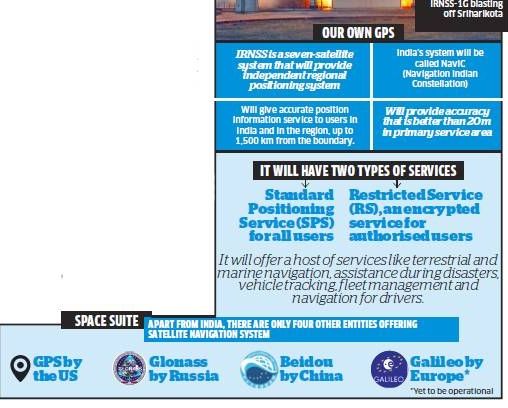May 31, 2016
China’s Quantum Satellite Next Month to Make China Communications Difficult to Crack
Posted by Karen Hurst in categories: quantum physics, satellites, security
As the world is wary about cyber hackers in China, the next big thing for it is launching an experimental quantum communication satellite in July that was designed by the Chinese Academy of Sciences (CAS), making it first of its kind.
Since quantum communications assure the highest level of security being hard to replicate or separate. Nor can it be reverse engineered as it involves a complex process employing quantum entanglement. Once it is successful, China can be sure that no one can crack into its security networks, making it impossible for any world power to snoop around.
Developed over the last five years, the quantum satellite will be launched from the Jiuquan Satellite Launch Center with four ground stations to track and facilitate communication. Moreover, it will have one space quantum teleportation experiment station, said a report prepared by CAS.

















